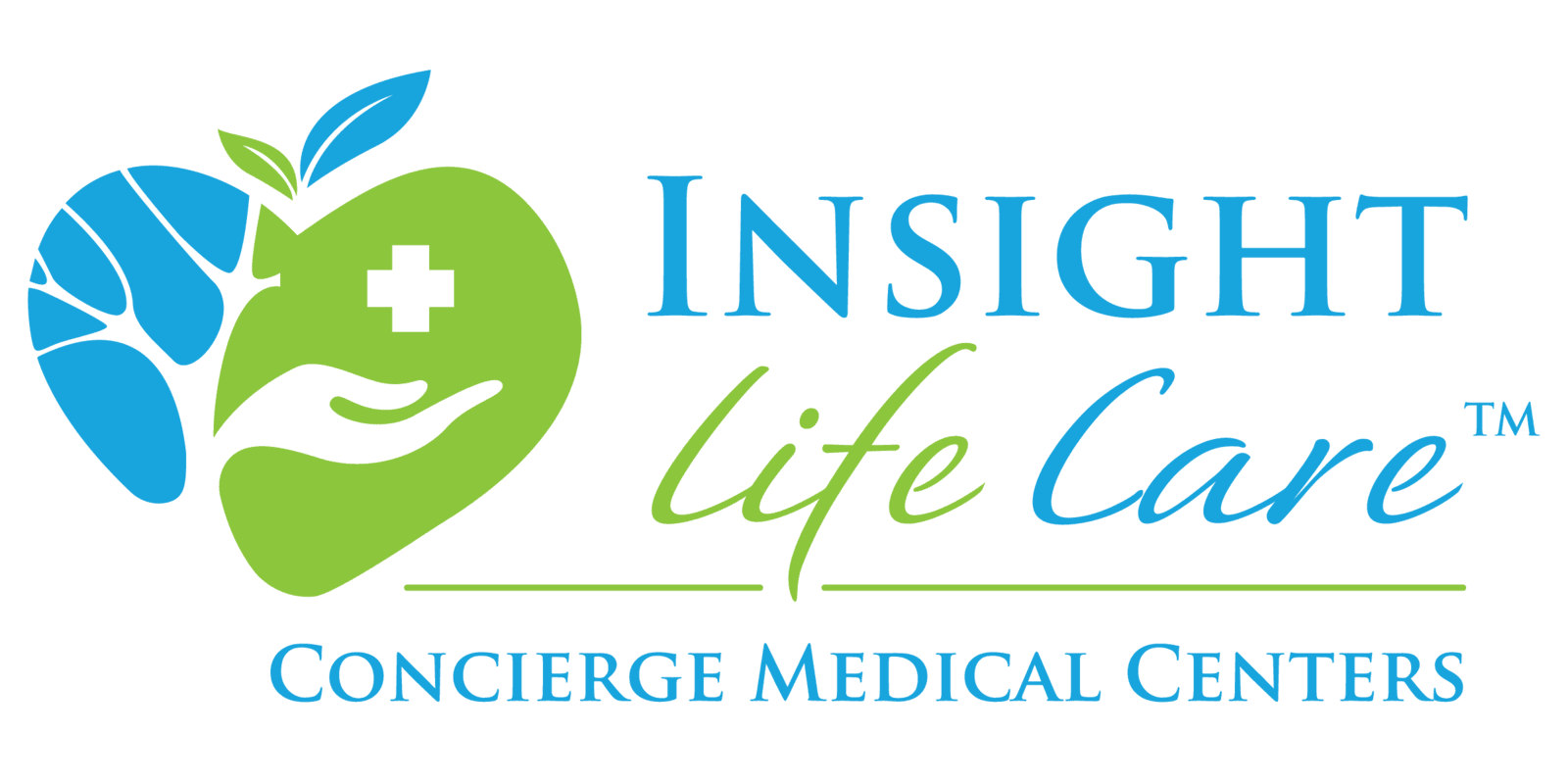Despite the Affordable Care Act, there are still millions of Americans without health insurance. In 2018, approximately 27.5 million Americans did not have health insurance. That number increased to 28.9 million people in 2019. There are several different reasons that people elect not to obtain health insurance:
- Their current employer does not offer a true health insurance plan.
- Some people live in states that did not expand Medicaid and some people make too much in order to be eligible for Medicaid.
- The cost of health insurance is just too high; for 73.7% of uninsured adults in 2019, this was the case.
Let’s take a look at some of the ways that people who don't have access to health insurance get the affordable healthcare that they need.
Health Savings Accounts
Health Savings Accounts are becoming more commonplace in 2021. By the end of 2021, there will be 30 million Americans with HSAs, with $88 billion in assets. HSAs are very similar to personal savings accounts. In the simplest of terms, you put money into the HSA and then use it to cover healthcare expenses. The biggest benefit of an HSA is that the money you put into the account is not taxed. Here are some of the ways an HSA can help you if you are without health insurance:
- A wide array of services are covered, ranging from medical, dental, and mental health services.
- Your employer, a relative, or a friend can easily contribute to an HSA that you have set up.
- HSAs are not subject to tax penalties if you do a withdrawal for health-related expenses.
- Many HSAs come with a debit card, so you can easily pay for your medical expenses as you accrue them.
Direct primary care and concierge medicine
Some healthcare providers offer medical services for a flat monthly fee. Insight Life Care offers this type of service for patients. Starting at $150 per month, members can get access to a doctor in as little as 24 hours, telehealth, remote monitoring and testing, and other services. Health insurance does not cover the cost of the membership fee, however, patients can use their health savings account to pay for membership. One of the advantages of the concierge medical service model is that the attention is much more focused and specialized than the typical primary care model. With Insight Life Care’s membership-based option, patients get:
- 24/7 access to a doctor and not a doctor substitute.
- Same day and next day appointments with no waiting.
- Lengthy, personalized appointments to fully address their healthcare concerns.
- Lab work and injections done at the office and remote monitoring.
- Your doctor at Insight Life Care will also take care of you if you are hospitalized.
- 80-90% of your healthcare needs met for an affordable, flat monthly fee.
Concierge medicine is not new and it is estimated that there are roughly 12,000 physicians practicing concierge medicine throughout the United States today.
Medical cost sharing programs
Medical cost sharing programs, also called health care sharing plans, are very similar to health insurance and even count as such under the affordable care act. These are somewhat complex in nature and their specific terms will depend upon the organization that is providing the medical cost sharing program. Each month, you are responsible for paying a certain amount (like a premium) as well as an unshared amount annually (much like a deductible) for your own expenses. You might look at an annual deductible from around $300 to $500 if you are an individual and anywhere from $1,000 to $5,000 if your plan is for your family. Monthly cost depends upon your specific plan details and coverage.
Generally speaking, a medical cost sharing program may be a good fit for you if you are in good health, lack access to insurance through your employer or the healthcare marketplace, and can’t afford health insurance premiums.
Pharmacy and medical services discount cards
Some people without health insurance elect to get pharmacy and medical services discount cards. These are best for people who operate on a cash-only basis for their medical costs. Different types of cards are available for hospital care, doctor visits, prescriptions, or a combination thereof. Some cards come with a one-time membership fee while others have a small monthly fee. Discount services cards often can only be used at certain providers and certain types of services, so it’s very important to read the fine print to see if these are a good fit for your needs.
Catastrophic health insurance policies
These are fairly common for people who are self-employed or do not have health insurance through their employer. Catagraphic health insurance is commonly purchased by younger adults in good health who do not expect high incurrence of medical costs throughout the year. Generally speaking, these types of policies have a low monthly premium, but have a high deductible for major injuries or illnesses. Many people who have a catastrophic health insurance policy often will set up an HSA to help offset a high deductible in the instance that they become ill or injured.
What healthcare option is best for me?
Your own healthcare needs will depend upon what you can afford and whether or not your employer offers health insurance. Many people might benefit from utilizing a membership-based concierge medical service, like Insight Life Care. Starting at just $150/month, Insight Life Care gives you access to a doctor whenever you need it, testing and monitoring under the umbrella of one clinic, and specialist referrals if you need them. Some people might elect to use a concierge medical service in combination with a health savings account, giving them affordable access to medical care while also covering for the costs of hospital care and other unforeseen medical expenses.
